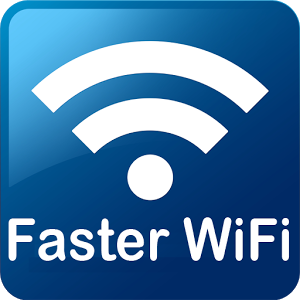Taking medical billing online classes with the Allen School? Chances are you’ve got a sweet internet set up at your home enabling you to study in any room of your home; wherever you’re most comfortable throughout the day. At the heart of your system is the wireless router that beams sweet internet signal to all corners of your abode. Chances are also good that there are places where your home wireless network functions better than others.
Do you often say to yourself, “The Internet is slow in the bedroom”? Or, “Videos seem to freeze or stutter in the the kitchen”? These are common WiFi problems encountered by all users of wireless networks, not just those studying medical billing online classes. And the good news is, there are solutions to these commonly occurring problems.
Patrick Norton at
Digital Trends offers some suggestions for ways to speed up your wireless network. His first (and perhaps most obvious) recommendation for those in need of greater Internet speed is to avoid wireless connections altogether. For high bandwidth operations like running HD video, Norton notes that the ethernet, or “wired” connection cannot be beat in terms of speed and stability of signal. Plus, it has the added benefit of superior security since none of the data will be broadcast “over the air” to the wireless router.
“But,
I like to study my medical billing online classes from my comfy couch in the family room while wearing my feetie pajamas”, you may be saying. (I know that’s what I’d be saying!) So if going “hard wired” sounds like a drag, consider the physical location of your wireless router. It may be situated in a location in your home that is less than optimal. Norton says,
“All too often routers are stuffed in a closet in some far corner of your house. If this sounds like your home, do yourself a favor, and try to get it out in the open, as high as possible, with as few walls between it and the rest of the house. Also try pointing one antenna vertically and one horizontally, if it has a couple of external antennas.”
Another method for tweaking your WiFi for better speed involves changing the frequency/band it is using to beam signal around your home. For example, if your router is set to run on the 802.11n frequency, you might want to try connecting via 802.11.g. Most routers’ administrative panel permits users to change the bandwidth in this way. There are also a good number of video tutorials available that show step by step instructions for making this fairly simple change.
Don’t suffer with slow or spotty WiFi. Take these few steps and improve your online study experience dramatically!

